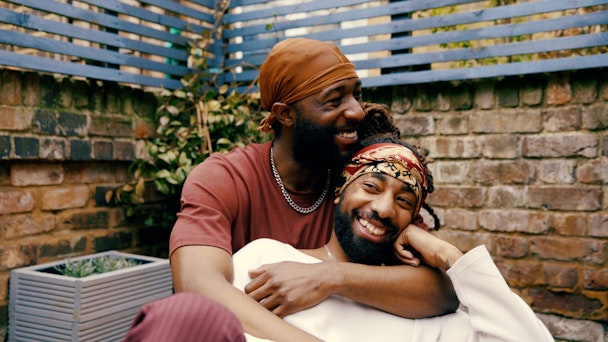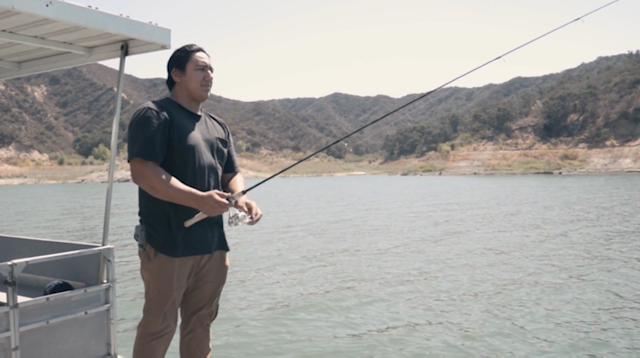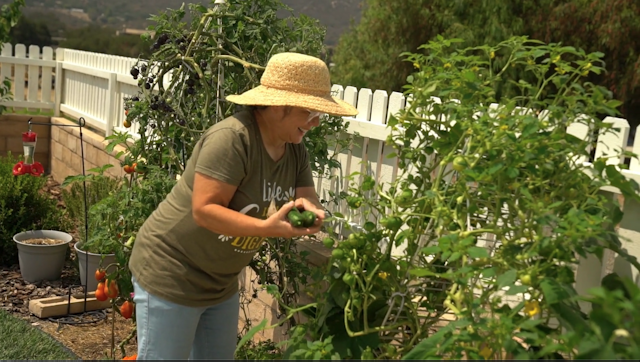How Storyblocks is driving visibility of marginalized communities in stock media
Founded with the intention to make stock media accessible to all creators, Storyblocks is now meeting the growing demand for diverse stock footage through its Re:Stock campaign. The Drum caught up with Sydney Carlton, senior director of brand and creative at Storyblocks, to discuss the latest iteration of Re:Stock ahead of Indigenous Peoples Day.

Storyblocks’s senior director of brands says ‘intersectionality is imperative to Re:Stock’s mission’
Accessibility and inclusivity has always been crucial to the Storyblocks brand. “Storyblocks was founded by Joel [Holland], who was a filmmaker himself and saw the need for affordable stock footage because he couldn’t afford to finish his own personal films,” explains Sydney Carlton, senior director of brand and creative at Storyblocks.
“But it wasn’t until around 2018 that we started to have conversations about the idea that if we were really creating stock footage for everyone, then we had to make sure that everyone was represented in our stock footage.
“Historically, a lot of the sourcing for stock footage has come out of eastern Europe, which has resulted in a lack of diversity for understandable reasons, however we wanted to make sure that we were working toward bringing more people into stock media.”
Re:Stock kicked off in 2020 with a mission to drive both the visibility of marginalized communities in stock media and improve their representation – as well as meet the growing demand from content creators to improve inclusivity within the medium.
“It’s all about building relationships within these marginalized communities,” says Carlton. “So that’s why we partner with one community at a time – it allows us to really go deeper into our understanding of that community, and make sure that they feel like we are enabling them to tell their stories.”
Re:Stock’s first two iterations have focused on the Black community and the LGBT+ community respectively. But Carlton also emphasizes that intersectionality is imperative to Re:Stock’s mission and has also been a focus in the campaign thus far.

Representing the Indigenous community
The third installment of the Re:Stock campaign focuses on the Native American community, and is launching to coincide with Indigenous Peoples Day, which takes place on October 11.
Native Americans have been historically excluded from media or inaccurately depicted in advertising through oversimplified tropes. To help combat this, Storyblocks has produced a new stock media collection geared toward driving the visibility of Indigenous peoples and combating negative stereotypes in advertising.
“So often Indigenous peoples are represented as being part of the past and as if they don’t exist anymore, which is both troubling and inaccurate. So we worked with our partners to tell stories of what modern-day Indigenous life is like and how they exist today.
“One collection I love focuses on the relationship those communities have with the land and water, but instead of it being some mystical, stereotypical representation, we have images depicting them boogie boarding and playing water sports.”
The collections themselves were curated by Indigenous filmmakers from different geographic regions across the US and Canada, as well as artists Nainoa Langer and Sam Potter, who are committed to amplifying Indigenous stories in their work.
To create the collection, the Storyblocks team worked closely with Indigenous futurist and curator of Indigenous TikTok Josué Rivas, as well as with Indigenous non-profits, to ensure the collections authentically represented the communities they showcase. The collections focus on themes that directly impact the Indigenous and Native American communities, including environmentalism and food sovereignty.

“Josué was a key consultant [on the campaign], and as a curator of Indigenous TikTok he really knows this space and worked with us to ensure that we got our language right and that we had a broad sense of representation across the Indigenous community.
“We learn from each iteration of Re:Stock that no community is monolithic. We were never going to be able to represent every Indigenous tribe or every experience within these communities, but we still wanted to be as encompassing as possible,” Carlton concludes.
Rethinking representation
Carlton says that when the project began, Storyblocks’s aim was to have 20% of its stock footage contain Black, Indigenous or people of color (BIPOC) by 2022. “Right now we’re at 19.4%, so we are very confident in hitting our goal.”
But she is also keen to assert that this initiative is not only important as a resource or a “goodwill initiative,” but is directly addressing the needs and demands of Storyblocks’s customers. “Since 2019 when we started addressing this need on our platform, we’ve seen 3m more downloads of footage featuring diverse imagery.”
However, the work is not done when it comes to the wide variety of communities Storyblocks would like to include in its media in the future; the Muslim community, people with disabilities and neurodiversity, as well as diverse body types and ages.
“Honestly, any community that has ever felt like it was underrepresented or misrepresented in the media,” concludes Carlton.

